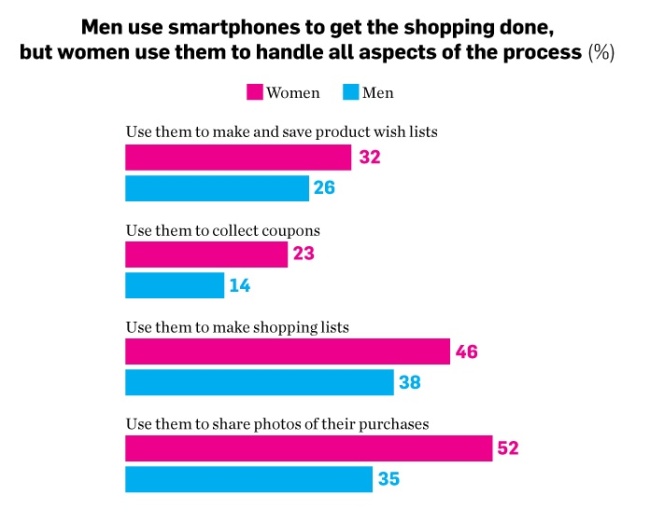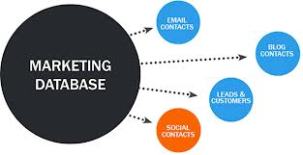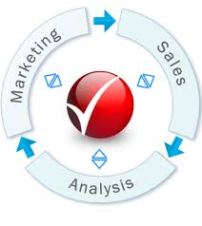Words can’t even describe how excited I am to write about Mobile Marketing. I could literally write hundreds of blog posts about the importance of mobile marketing, but in order to keep your attention, I will limit my enthusiasm and content to a minimum. (you’re welcome!)
Take a moment to look at your surroundings. Chances are, if you are in a public place there are at least 5 people on their phones. If you are alone, your phone is most likely close by, if not feet away from you. Studies show that, “A majority of mobile phone users report that they consider their device to be so personal that they do not allow it to stray more than a foot away from them.” In fact, some of you may be on your phone reading this bog post.
Because phones have become our personal companions, it is vital for businesses to increase their mobile presence. Still not convinced? According to Mashable.com, “2013 is expected to be an even stronger year for mobile advertising. eMarketer predicts that U.S. mobile ad spending will reach $7.19 billion next year, and more than $20 billion by 2016. Furthermore, in the article, “Guess Who’s Planning to Spend Big In Mobile”, “Two-thirds of CPG advertisers and their agencies say they plan to increase spending in mobile advertising over the next 12 months, according to an Advertiser Perceptions semiannual survey of more than 1,200 people involved in deciding how ad budgets are allocated.”
Now that you are aware that mobile advertising is increasing, it’s important to never underestimate the power of a handheld device. Why? Because a mobile device is much more than just a communication tool where we interact with our friends and family. It’s now a platform for businesses to engage with us. In fact, by 2015, 50 percent of Web sales will be generated from social and mobile applications.
Because our mobile devices are so important to us, they are also important to Marketers. After reflecting on why my generation is so attached to their phones, I came up with three reasons that best summarize why our mobile devices are so central to our lives.
1) Our phones are the ultimate shopping companions.
79% of people use their phones to help them shop, and 70% of people use their phones while in a store. This helps customers compare prices, look at sizes, and see what color options and materials they have to choose from. Also, many stores offer special promotions that are only offered via mobile devices. Interestingly enough, men make more purchases on their smartphones than women. As a marketer this is important because:
1) More men have smartphones than women
2) Young men are more likely to notice ads on their mobile devices than women
3) Guys are more likely to be receptive to mobile ads if they got something in return.
Based on this information, marketers should create relevant ads that will appeal to certain target audiences. Additionally, this allows marketers to create apps that will provide incentive for continued interaction. This is vital because most apps go unnoticed or even used after downloading them. In fact, for most apps, 90% of the people who download your app are gone within 6 months. In order to keep customers engaged, businesses can offer coupons, deals, or other promotional events in order to keep customers “hooked.” You can even provide a call to action for customers to sign up for a newsletter or loyalty program.
2) Convenience
More often than not, we rely on our phones as a crutch. “Siri, where is the closest Starbucks?” We are spoiled to have information provided right at our fingertips. Because of this, many people download apps that will simplify their life. However, before many people buy apps, they usually check app reviews. Marketers should spend their time making sure that their ratings and reviews reflect a positive imagine of their app. Therefore, it is vital to be proactive, and have happy customers leave positive reviews in the app store. This can be obtained through in-app promotions that remind customers to leave a review after completing significant action like using a coupon, or making a purchase.
3) Our mobile devices make us feel local.
This last point hits close to home. During my freshman year of College, I attended DePaul University in Chicago. Although I was thousands of miles away from home, I never really felt that far because I was in constant touch with my friends and family through my mobile device. Social media platforms (and apps) such as Instagram, Twitter, Skype, and Facebook, keep us well connected. Because of this, our smartphones provide us with that digital “Facetime” when we aren’t physically present with our friends and family. Because we use our phones to stay connected, businesses can create apps that help us stay even better connected. Furthermore, marketers can use this connectivity to their benefit by creating value for their customers. Craig Weinber, mobile practice lead at Mindshare says it perfectly, “At the end of the day, think about how you use your phone. Are you going to want to be intruded with ads and things that don’t make sense and don’t offer you some kind of utility or entertainment value? No, you don’t.”
Intrigued by mobile marketing? Press this link to see how mobile is changing




















